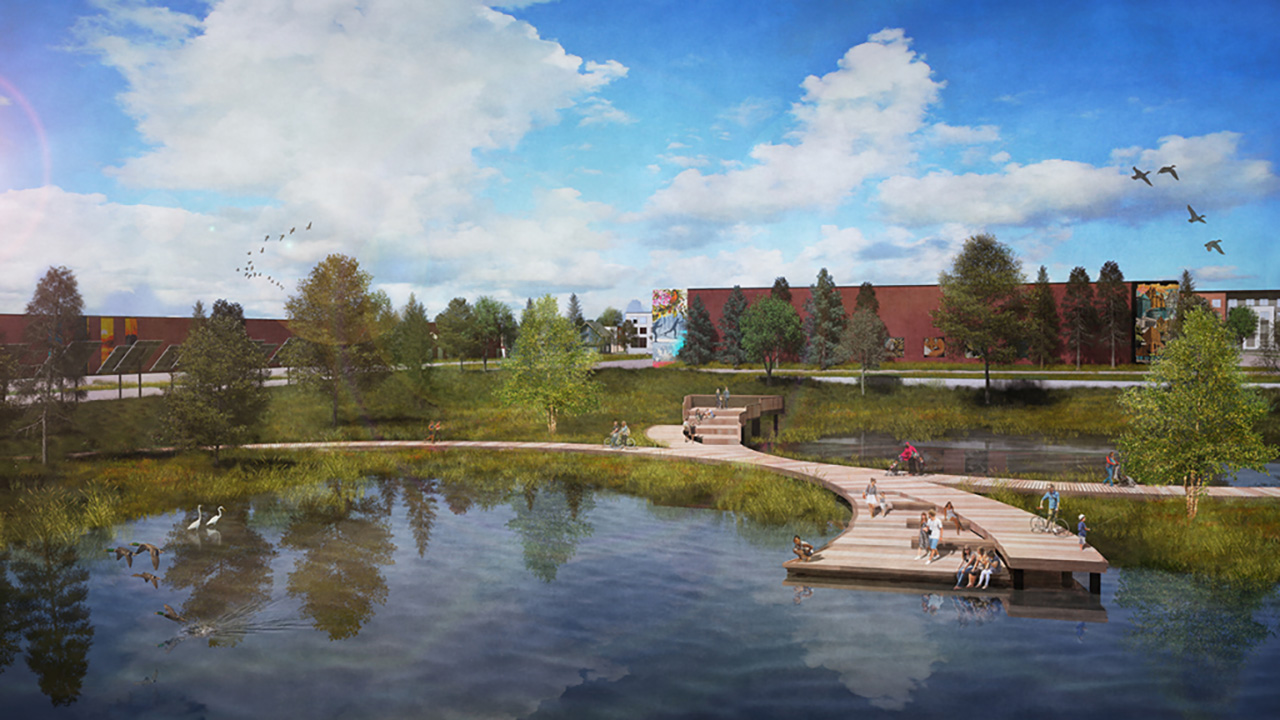
The new Minnesota Climate Innovation Finance Authority (MnCIFA) officially launched in late 2023 to help speed up clean energy projects across the state by providing financial assistance, beginning with an $11 million pool that can be used to fund projects or set up staffing and administration for the Authority. Another $34 million has been appointed to be available when MnCIFA establishes its strategic plan in December 2024. Known as Minnesota’s “green bank,” MnCIFA will help fund climate projects throughout all of Minnesota through loans, credit enhancements, and other funding mechanisms to turn proposed projects into reality.
MnCIFA couldn’t come at a more opportune time: Minnesota needs to rapidly decarbonize all sectors of its economy by mid-century—which means we need to speed the energy transition from relying on polluting fossil fuels to powering our lives with clean energy in order to reach our climate goals and build a stronger economy across Minnesota.
Keep reading to learn how MnCIFA will unlock more clean energy and climate projects across Minnesota equitably.
What is the Minnesota Climate Innovation Finance Authority?
MnCIFA will help leverage state dollars to accelerate the adoption of proven, clean energy technology—accomplishing more than those dollars could alone through private capital, as well as help Minnesota attract federal funds. Unlike grants or time-limited programs, MnCIFA is a state funding authority that will help communities, families, and businesses across Minnesota access money for renewable energy and other green projects. Created and passed into law during Minnesota’s historic 2023 legislative session thanks to widespread support from elected leaders and advocacy from an array of organizations including Minnesota Interfaith Power and Light, Fresh Energy, and more, MnCIFA will now hopefully grow into lending potentially billions of dollars to projects that will help Minnesota’s communities unlock clean energy potential.
MnCIFA was designed with equity and climate justice at its core to ensure that no one is left behind in the transition to a clean future. Forty percent of MnCIFA’s funding must go to Environmental Justice (EJ) communities that actively benefit from the projects, which are defined as meeting one or more of the following: a federally-defined “disadvantaged community,” 40% non-white, 35% of population below the federal poverty line, 40% of population over age five with limited English proficiency, and/or in Indian Country as defined in U.S. Code Title 18. This program will help provide communities with technical assistance to apply for funding to center equity and scale up our energy transition for climate justice.
What’s MnCIFA been up to, and where is it headed?
After being established 2023, 12 of MnCIFA’s 13 board of directors were appointed by Governor Tim Walz in October 2023, six of which represent state entities and seven from various sustainability, finance, and/or community backgrounds. Its initial $45 million seed appropriation was provided in spring of 2024, up to 25% of which can be used for start-up purposes like program and project investments prior to its Strategic Plan being completed in December 2024. And now that its seed funding has been provided, communities are beginning to apply for its funding and technical assistance. On March 27, 2024, The Heights Community Energy applied to MnCIFA and was awarded a $4.7 million loan to build a district geothermal energy system on the East Side of St. Paul.
Green banks aren’t a new idea. Connecticut established the first green bank back in 2011. Since then, 23 different green banks (whether government-backed or nonprofit entities) have emerged across 17 states, raising a total of $2.5 billion in public funds that’s garnered $6.5 billion of private-sector funds so far. New York’s green bank is currently the largest of its kind, and the Inflation Reduction Act also funded a federal green bank, the Greenhouse Gas Reduction Fund, which is administered by the U.S. Environmental Protection Agency, providing over $20 billion in grants to different clean energy and climate projects across the country.
What’s next?
Fresh Energy is plugging in with other groups and communities to help them apply for MnCIFA funding. Stay tuned, we’ll soon have a blog post about the exciting communities in Minnesota that are building climate-forward investments across the state!

